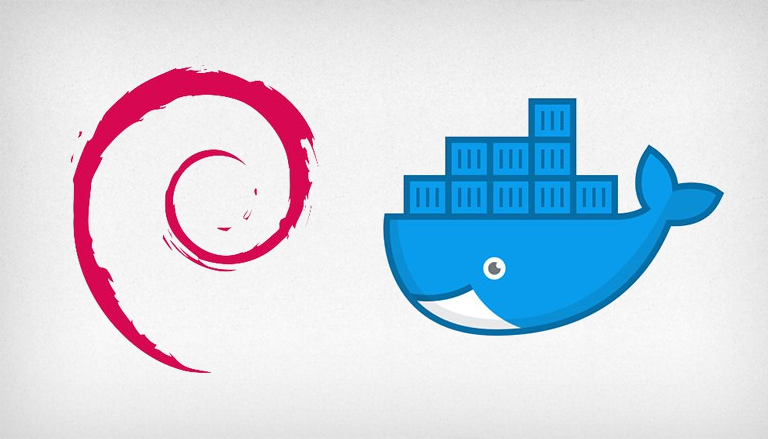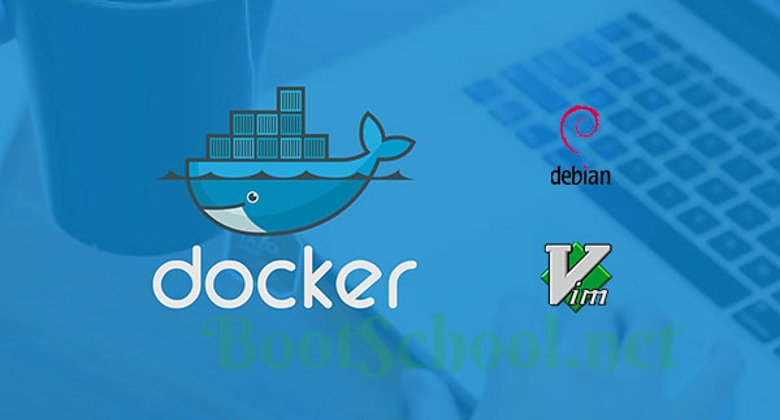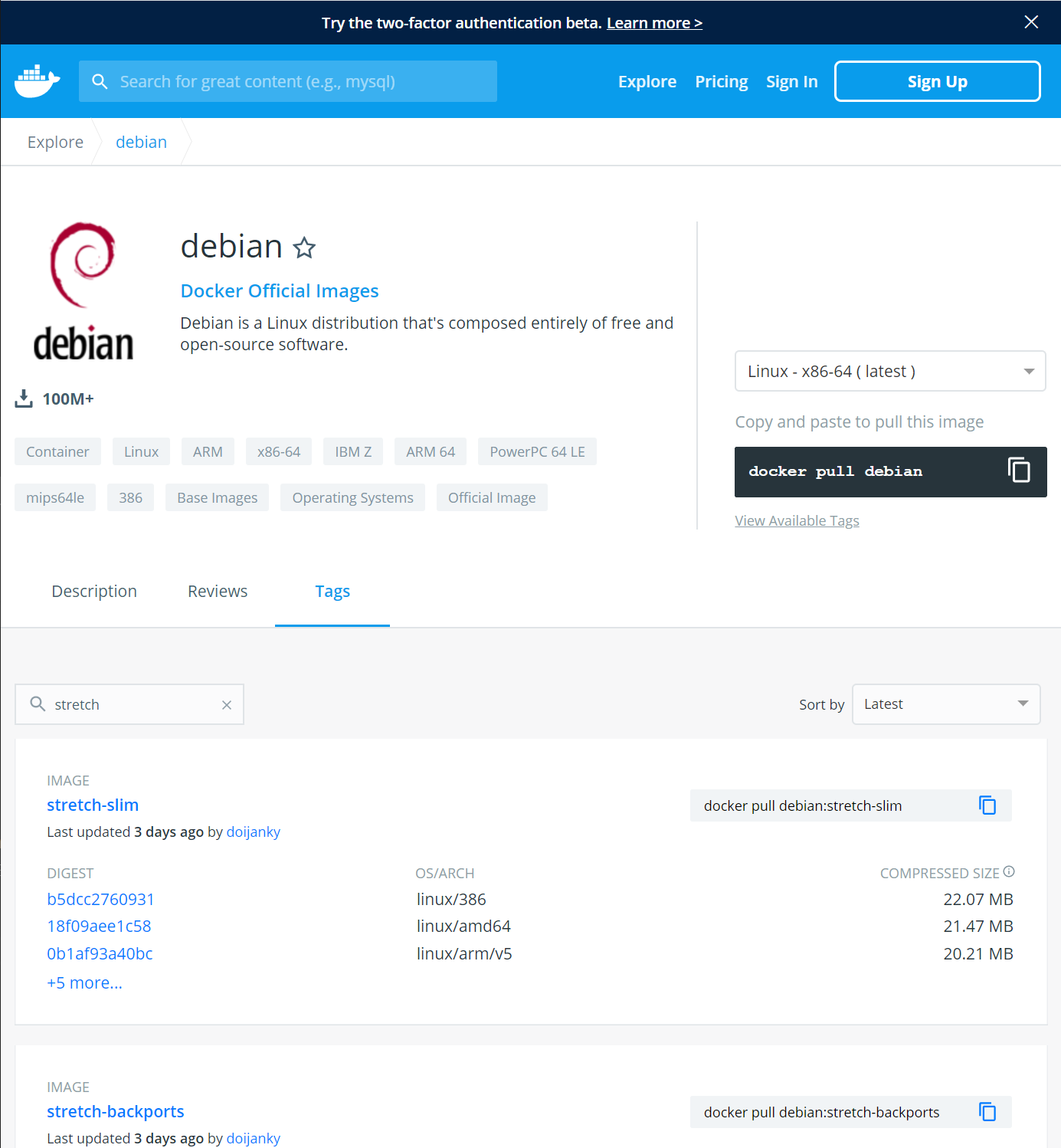
In this case as Portainer will have access to the server containers, it links its information with the docker.sock file.
#Docker debian free#
Share images, automate workflows, and more with a free Docker ID: To try something more ambitious, you can run an Ubuntu container with: The Docker daemon streamed that output to the Docker client, which sent it The Docker daemon created a new container from that image which runs theĮxecutable that produces the output you are currently reading.Ĥ.

The Docker daemon pulled the "hello-world" image from the Docker Hub.ģ. The Docker client contacted the Docker daemon.Ģ. To generate this message, Docker took the following steps:ġ. This message shows that your installation appears to be working correctly. Status: Downloaded newer image for hello-world:latest Execute the following commands in the console, one by one:ĭocker version 19.03.12, build 48a66213fe

#Docker debian install#
Install the following packages to allow apt to use secure repositories over HTTPS. We are missing a requirement, to add the repository in order to install Docker package. Installing packages and configuring the repository
#Docker debian upgrade#
Repositories updated with the commands sudo apt-get update, sudo apt-get upgrade and sudo apt-get dist-upgrade.Updated sources.list file with contrib and non-free package collections.

Any other distribution based on Debian like Raspbian should also work.

So, for the following steps in my case these prerequisites are fulfilled: PrerequisitesĪlthough in theory the following installation of Docker and Portainer can be done on any operating system based on Linux, we all know that depending on the distribution and version there are small differences. It even comes with templates with applications already prepared in containers to make its configuration even easier. On the other hand Portainer “installed” as a container, gives us the power to mount containers on Docker and configure everything in a visual way. Given the flexibility with which different applications can be deployed on the same server and their independence from resources, and yet being able to communicate with each other, it becomes my preferred option to build piece by piece the whole ecosystem of my home server. These containers are a virtualization method that includes everything imaginable to easily package an entire environment.


 0 kommentar(er)
0 kommentar(er)
